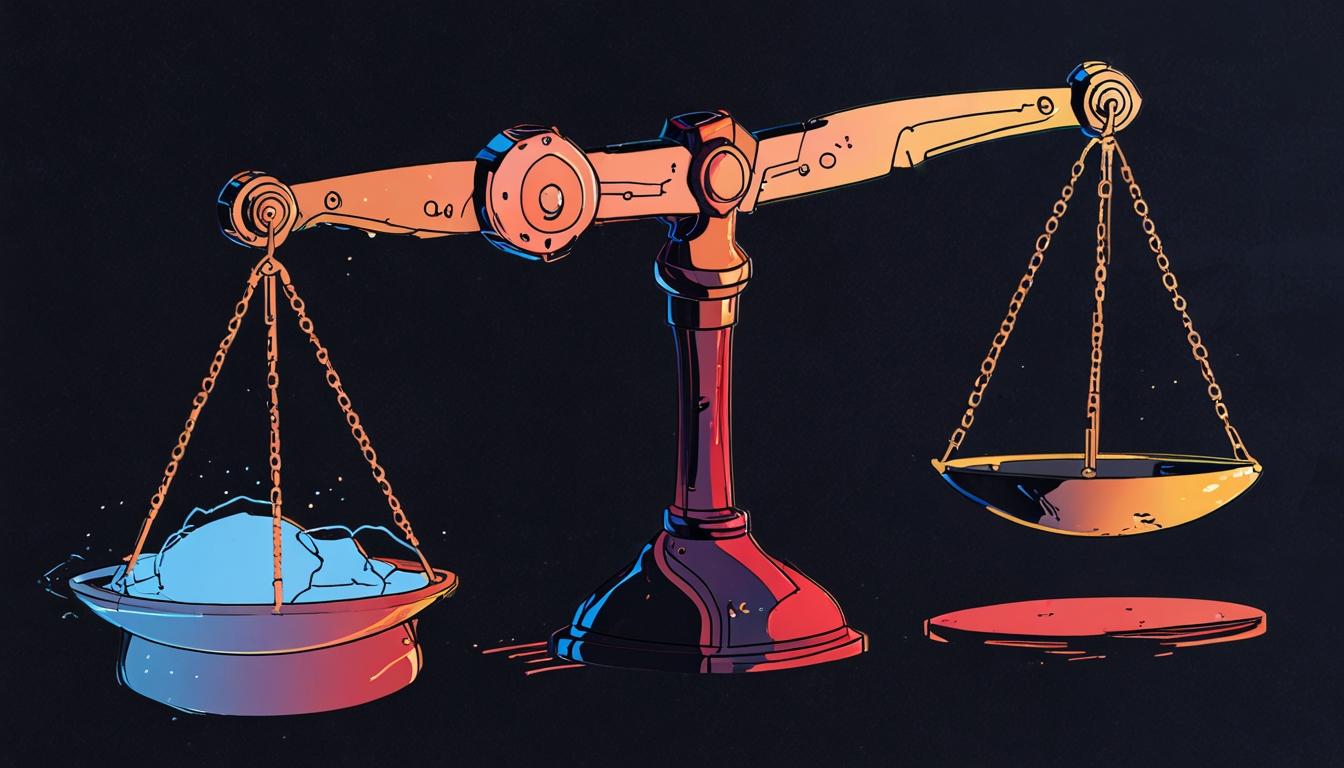The evolving role of artificial intelligence (AI) within the legal profession continues to generate significant discussion, particularly regarding the prospect of AI systems independently providing legal services. Central to this debate are the regulatory frameworks governing the unauthorised practice of law (UPL) across various jurisdictions, which currently pose substantial challenges to AI replacing lawyers in a direct-to-consumer capacity.
In the United States, all states have established rules prohibiting the unauthorised practice of law, mandating that legal services must generally be performed by individuals licensed by the relevant state bar association. These rules aim primarily to protect the public from unqualified providers who might deliver flawed legal advice or representation. However, as outlined in the National Law Review, these well-intentioned regulations can also limit access to justice by restricting the scope of services non-lawyers and technology platforms can lawfully offer, even for relatively routine matters.
An illustrative example can be found on the State Bar of California’s website, which states that immigration consultants may perform some tasks but are prohibited from providing legal advice or advising on which forms to use—actions often essential to navigating complex immigration processes. This exemplifies how UPL regulations can curtail broader access to legal assistance via non-lawyer or AI-enabled services.
At present, much legal technology is designed to assist licensed attorneys rather than replace them. AI-powered tools such as research platforms, document review systems, and case management software enhance lawyer efficiency, but the licensed attorney remains responsible for legal advice and client representation, overseeing any AI-generated output.
The crux of regulatory tension emerges when AI systems interact directly with consumers by analysing individual legal scenarios and providing tailored guidance or generating legal documents without a lawyer’s involvement. Regulators may view this activity as constituting UPL. Historical encounters between technology providers and regulators illustrate this friction. LegalZoom, a prominent automated document preparation company, faced multiple disputes over its services. In North Carolina, for instance, LegalZoom agreed to a consent judgment permitting its continued operation with specific constraints, including attorney oversight and avenues for consumer redress.
Similarly, DoNotPay, previously branded as the “world’s first Robot Lawyer,” confronted UPL challenges and agreed to a Federal Trade Commission (FTC) order prohibiting it from asserting that its product could effectively replace human lawyers. The FTC complaint highlighted that the AI lacked rigorous testing against human legal standards, and the company employed no attorneys.
A significant complication arises from the fact that UPL regulations are set at the state level, resulting in a regulatory mosaic. While general principles are consistent, detailed definitions and permissible exemptions vary widely, complicating efforts by technology providers to offer services nationwide. For example, Texas provides a statutory exemption that excludes certain computer software from UPL so long as the products clearly and conspicuously disclaim that they are not substitutes for attorney advice—offering a potential pathway for AI tools that operate with appropriate disclaimers.
More proactive regulatory approaches have emerged in other jurisdictions. The Law Society of Ontario’s Access to Innovation (A2I) program establishes a regulatory “sandbox” allowing approved providers of innovative legal technology services to operate under defined oversight conditions. Participants undergo rigorous review and must meet requirements relating to insurance, complaint handling, data privacy, and security. They report operational data and experiences to the Law Society during their participation, which informs policy development. A2I currently supports 13 technology providers offering services across various legal domains, including Wills and Estates and Family Law.
Modern AI chatbots often navigate a precarious space relative to UPL rules. While frequently displaying disclaimers that they do not provide legal advice, these chatbots proceed to analyse user input and offer recommendations resembling legal counsel. Although such disclaimers might satisfy exemptions like Texas’s, they may still fall short of regulatory standards in many other states.
Despite the promise of models like Ontario’s A2I programme for balancing innovation with consumer protection, the core challenge remains the lack of regulatory uniformity. Different rules and approval processes across jurisdictions constitute significant barriers to scaling AI-driven legal services aimed at direct consumer use.
In summary, while AI is rapidly transforming the practice of law by augmenting lawyers’ capabilities, the prospect of AI independently replacing lawyers encounters significant legal constraints under existing UPL regulations. Historical cases such as those involving LegalZoom and DoNotPay exemplify ongoing regulatory scrutiny. Though some jurisdictions have carved out narrow exemptions or developed innovative regulatory sandboxes, the fragmented regulatory landscape remains the most substantial impediment.
For AI to evolve from a legal practitioner’s tool into a widespread direct provider of tailored legal guidance, substantive changes in regulatory frameworks seem necessary. Potential pathways include the adoption of model rules, interstate compacts harmonising standards, or wider implementation of supervised innovation initiatives similar to Ontario’s Access to Innovation programme. These developments will play a critical role in shaping how AI integrates into the legal services market while balancing public protection and access to justice.
Source: Noah Wire Services
